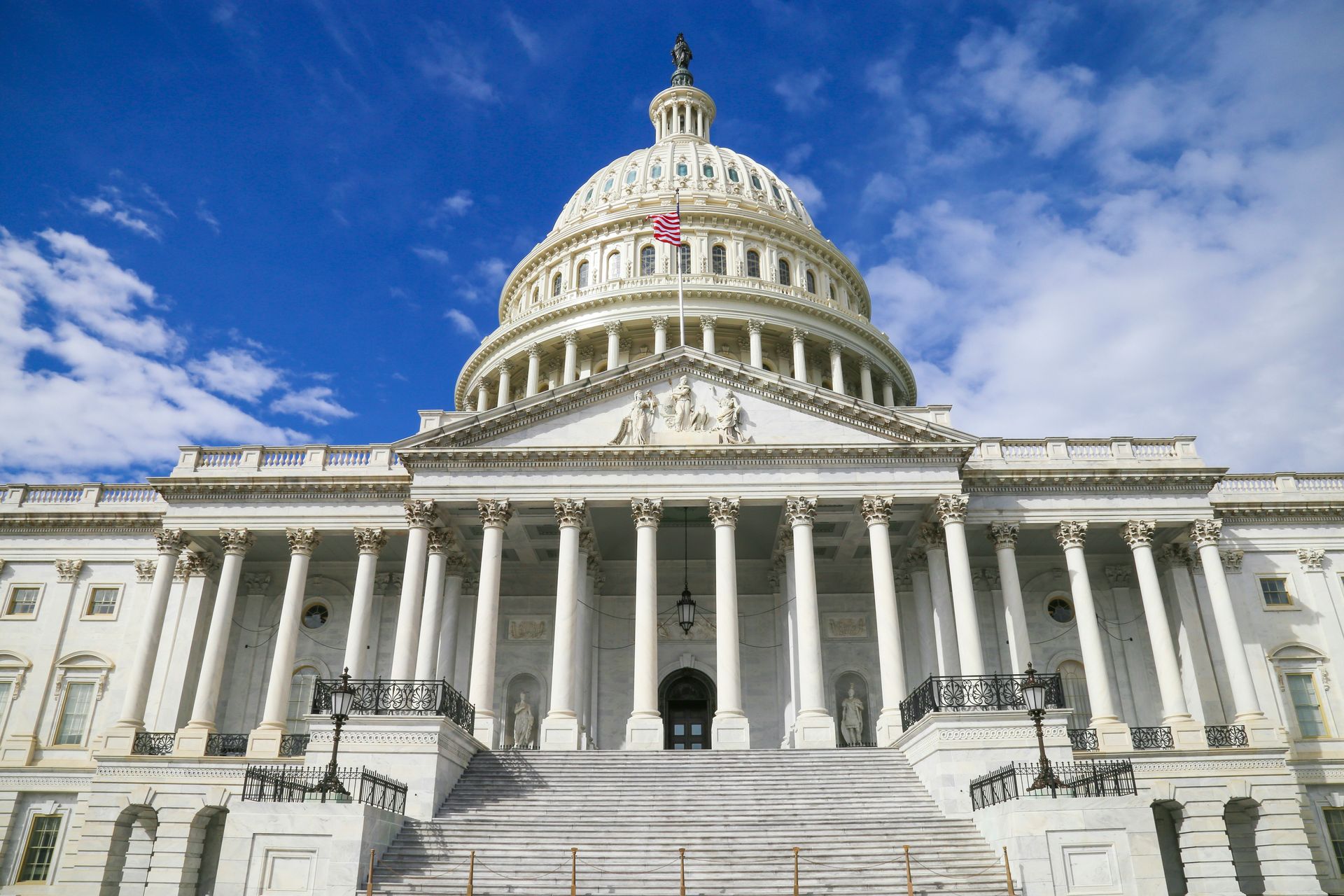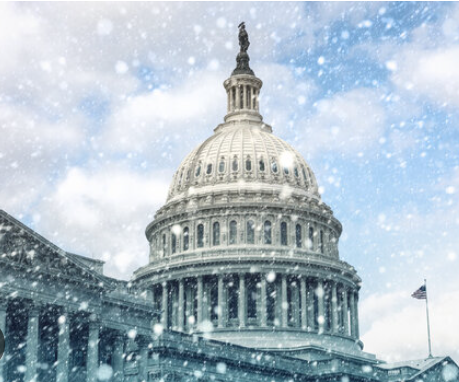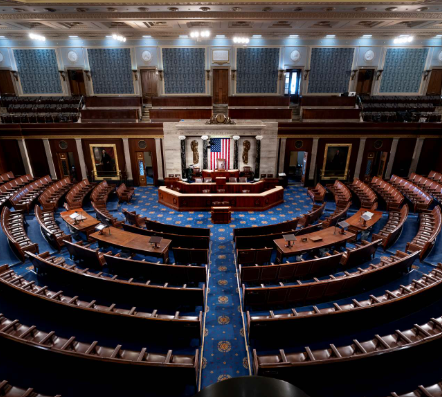Top 10 Takeaways from the Senate HELP Committee Hearing
On Wednesday, June 12, the Senate Health, Education, Labor, and Pensions (HELP) Committee held a hearing on Capitol Hill regarding the reauthorization of the Workforce Innovation and Opportunity Act (WIOA).
Some of NAWB’s key takeaways:
1. Senators are eager to reauthorize—and amend--WIOA.
While no comprehensive WIOA bill has yet been unveiled in the Senate, several "placeholder” bills have been introduced, including an increase in the percentage of funds available to Governors for statewide youth workforce investment activities, changes to the law’s performance accountability system, and strengthening reporting requirements, which could signal that these provisions are being considered for inclusion in a forthcoming Senate bill.
Takeaway: workforce development boards need to effectively tell their story to lawmakers.
2. Justice-Involved individuals need more support.
Chairman Bernie Sanders (I-VT) wants to address re-entry efforts for justice-involved individuals. He argued that rates of recidivism could be lower with the right supportive services and availability of quality training programs authorized by WIOA.
Question: Has your Workforce Development Board worked with justice-involved populations/systems? If so, please tell us more.
3. Will there be a training mandate? And if so, how will it be structured and defined?
While a training mandate was not referenced specifically, Ranking Member Bill Cassidy (R-LA) argued that a greater share of WIOA funding should be going to training. He noted that there are eight million job openings, low labor force participation rates across the country, and only 200,000 individuals completing training each year. Sen. Cassidy also questioned how two local workforce boards in Louisiana differ, and, whether they collaborate or compete.
Takeaway: workforce development boards need to demonstrate and quantify their impact, including how and in what ways local workforce development boards help meet the unique needs of the communities that they serve.
Bonus takeaway: Sen. Cassidy asked one witness, “Is it true that once you figure out one [workforce] board, you’ve figured out all boards?” Our answer would be that boards are designed and populated differently based on local needs of businesses and jobseekers.
4. WIOA is significantly underfunded.
Witness Lisa Bly-Jones, CEO of the Chicago Jobs coalition (CJC), testified that WIOA funding is not commensurate with need. Indeed, NAWB has called for at least a 5% increase, and we must, collectively as a network, call for increased funding, enhanced flexibility, and rigorous accountability.
Takeaway: How well do we calculate and communicate the needs in our communities? What specifically would your Workforce Development Board be able to do if WIOA funding increased?
5. Wrap-around services are essential.
Senators heard loud and clear the need for wrap–around and supportive services, including transportation, childcare, uniforms, and the need to address issues such as mental health, trauma, substance abuse, and homelessness. “Getting the job” is not nearly as important as “keeping the job,” according to one witness. A recent CJC report showed that six months is not enough time to seamlessly transition into the workforce after experiencing trauma such as homelessness.
6. Automation is here…how will it affect Workforce Development Board operations?
Chairman Sanders noted that automation (including the potential impacts of Artificial Intelligence) means that 39 million people could be at risk of losing work by 2030. How will Workforce Development Boards adapt to this changing reality and use AI to improve operations? Is your Workforce Development Board having this conversation? What are your takeaways?
7. We need better data…and you can help.
State and local data infrastructure needs improvement, and more transparency and access to wage data would be helpful.
Takeaway: Data collection at the federal and state level can only go so far. We will launch a series of surveys in the coming months -- please complete them so we can accurately reflect the important work Workforce Development Boards are doing.
8. Senators are very proud of Opportunity Youth programs.
The hearing included several references to more than 1.1 million young people who are neither working nor in school. Senators were quick to point to YouthBuild and other Opportunity Youth programs in their state.
Takeaway: Be sure to communicate how your board works with programs specifically focused on Opportunity Youth populations.
9. Utah has a unique workforce system…will this experiment expand?
Sen. Mitt Romney (R-UT) proudly discussed the “Utah model,” a program created by state law in 1997 and approved by a Department of Labor waiver—that combines workforce and social assistance (such as food and housing) into one block grant to the Utah Department of Workforce Services. Committee republicans want to allow additional states to follow suit and waive nearly all the requirements of WIOA.
Takeaway: At this time, we don’t know which states would consider pursuing a similar waiver. However, if you have concerns about how such an effort could affect your state, advocating at the state level about the role of your Workforce Development Board is important, as state legislatures have varying amounts of flexibility in the implementation of WIOA.
10. Advocacy is essential.
Next week, NAWB Board members will be in Washington, D.C. for a Public Policy Committee meeting and to visit with their members of Congress. What steps are you taking to advocate? Join us every fourth Friday for Policy Coffee and Conversation.
Register for June 28.
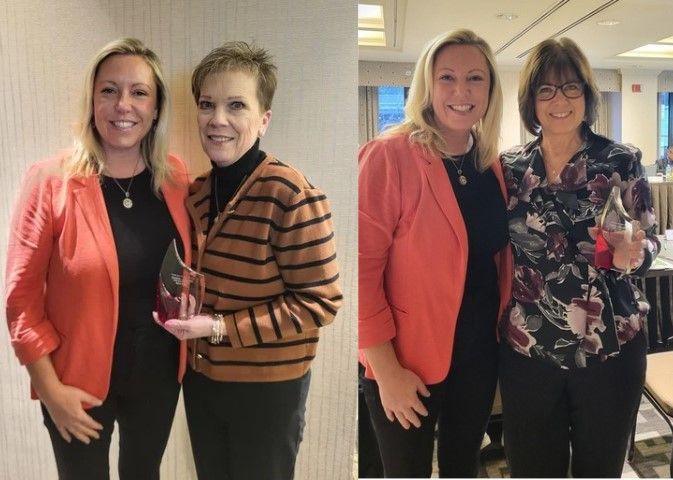
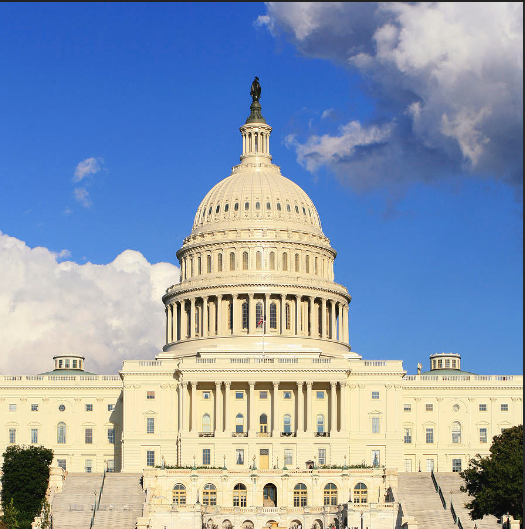
National Association of Workforce Boards | All Rights Reserved |
Created by Olive + Ash.
Managed by Olive Street Design.


